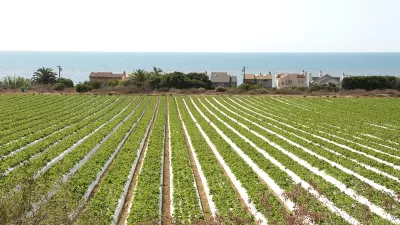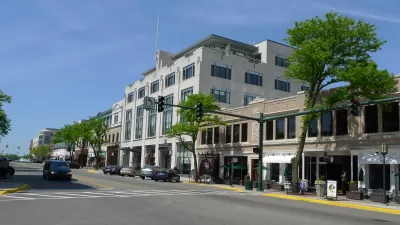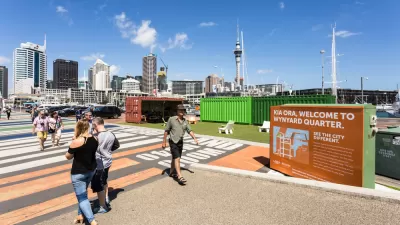We don't usually think zoning when considering farmland preservation, but Hazel Borys shares are a few thoughts that may help.

"As the harvest starts to come in here in Manitoba and conversations with my farming friends point to a good yield, I’ve been thinking about how to preserve these lands. Rural communities are often the ones with the greatest constraints, especially when it comes to finances. Without federal support, holistic zoning reform in agrarian places is rare. This, coupled with perverse incentives in lending practices, leaves some of the most valuable assets in North America – highly productive farm lands – with the least resources available for land use reform to protect them."
"These rural lands are incredibly beautiful landscapes – agriculturally, economically, and culturally. However, most parts of the country have reduced their zoning law so that so-called agriculture zones are frequently zoned for 5 acre minimums. These small acreages produce little more than land-consuming hobby farms, with the exception of a few dense crops like pecans and coffee. Otherwise, there is little that can be profitably produced in traditional farming methods on this size of lot."
Borys details ideas on how zoning and finance can support resilience of agricultural land and points to the FBCI Forum in Washington, D.C. in October for a deeper dive.
FULL STORY: Land Use: Preserving the rural landscape with agrarian urbanism

Alabama: Trump Terminates Settlements for Black Communities Harmed By Raw Sewage
Trump deemed the landmark civil rights agreement “illegal DEI and environmental justice policy.”

Planetizen Federal Action Tracker
A weekly monitor of how Trump’s orders and actions are impacting planners and planning in America.

The 120 Year Old Tiny Home Villages That Sheltered San Francisco’s Earthquake Refugees
More than a century ago, San Francisco mobilized to house thousands of residents displaced by the 1906 earthquake. Could their strategy offer a model for the present?

Opinion: California’s SB 79 Would Improve Housing Affordability and Transit Access
A proposed bill would legalize transit-oriented development statewide.

Record Temperatures Prompt Push for Environmental Justice Bills
Nevada legislators are proposing laws that would mandate heat mitigation measures to protect residents from the impacts of extreme heat.

Downtown Pittsburgh Set to Gain 1,300 New Housing Units
Pittsburgh’s office buildings, many of which date back to the early 20th century, are prime candidates for conversion to housing.
Urban Design for Planners 1: Software Tools
This six-course series explores essential urban design concepts using open source software and equips planners with the tools they need to participate fully in the urban design process.
Planning for Universal Design
Learn the tools for implementing Universal Design in planning regulations.
Clanton & Associates, Inc.
Jessamine County Fiscal Court
Institute for Housing and Urban Development Studies (IHS)
City of Grandview
Harvard GSD Executive Education
Toledo-Lucas County Plan Commissions
Salt Lake City
NYU Wagner Graduate School of Public Service




























